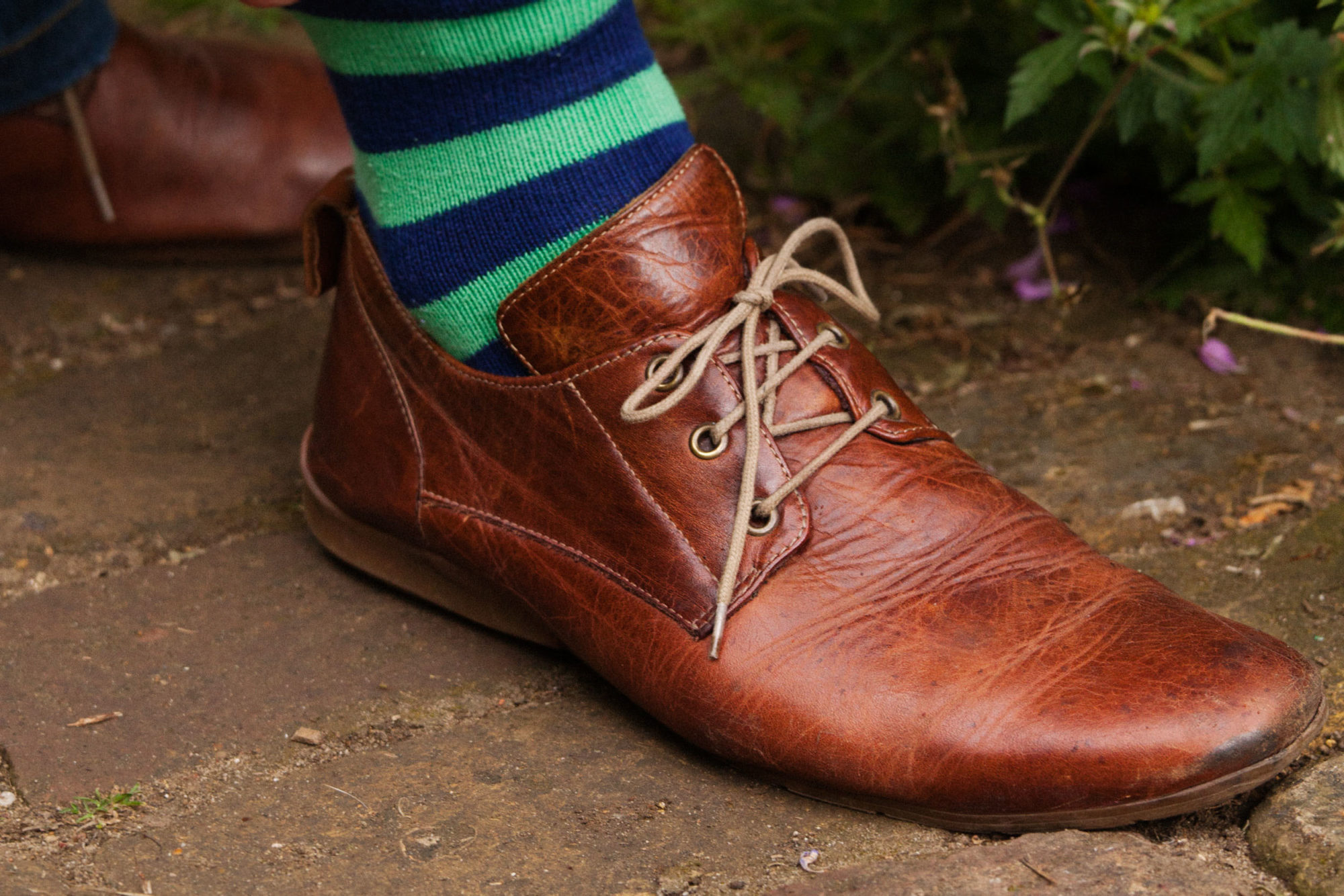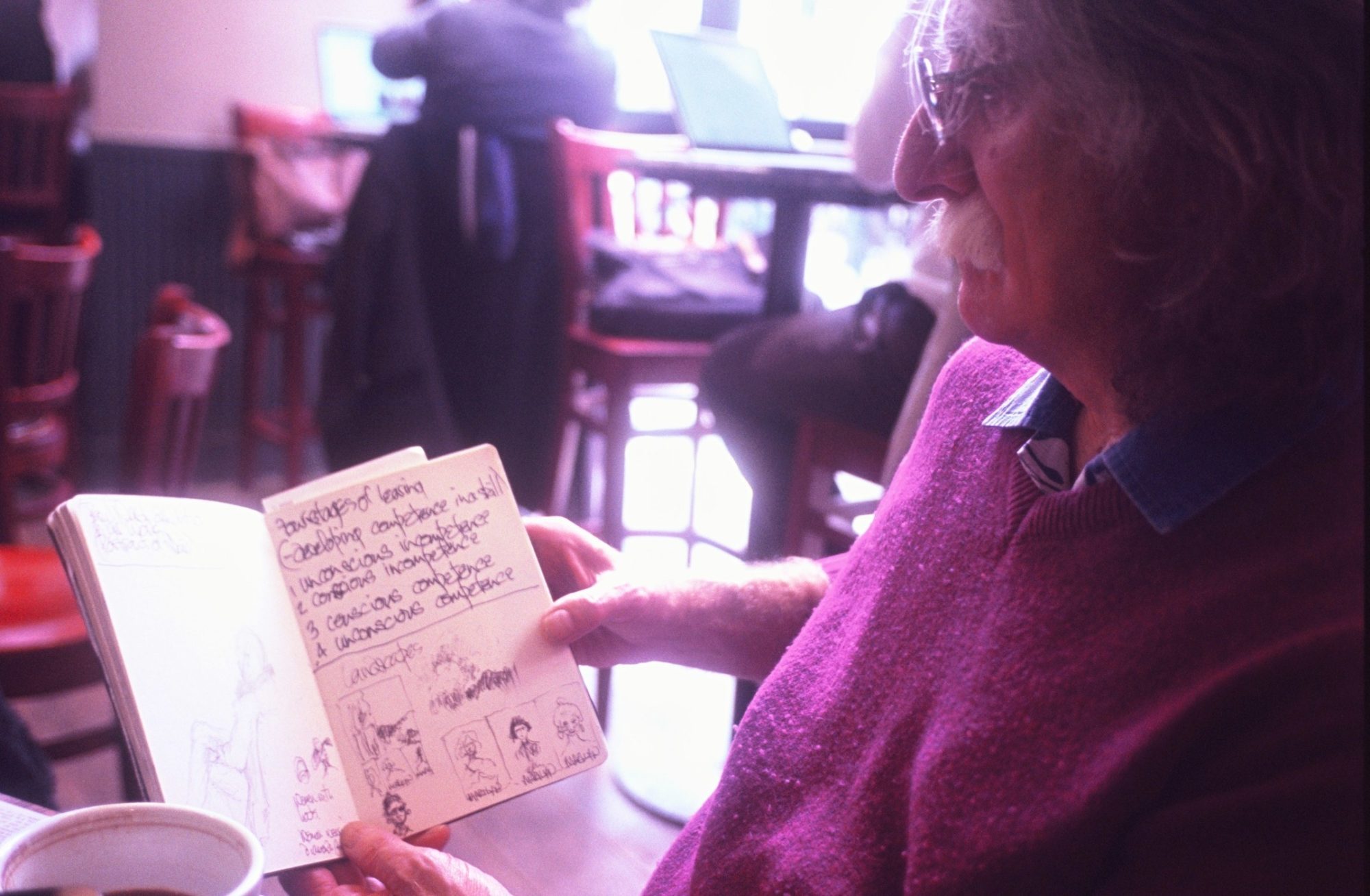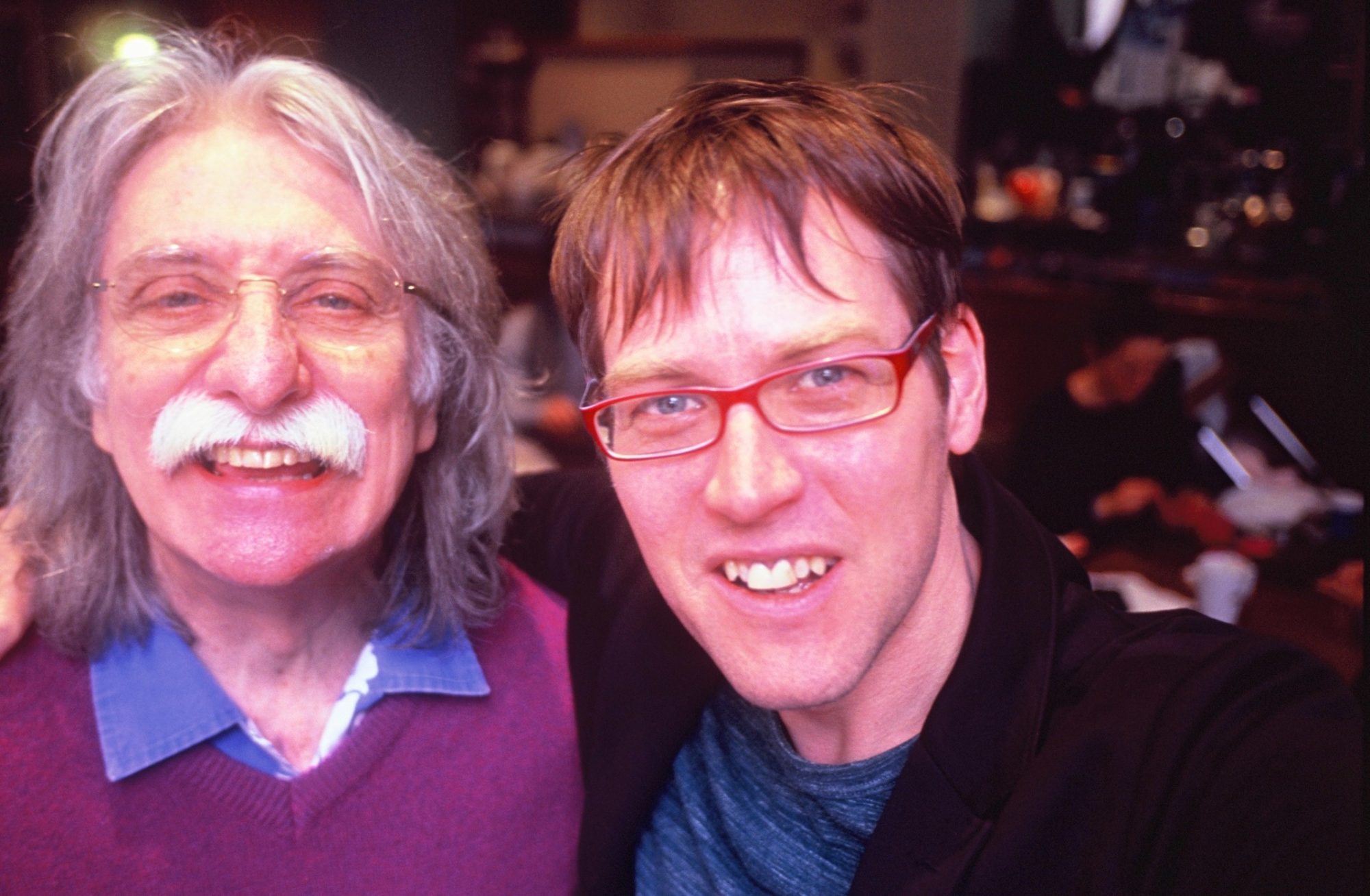In 2014 I began a portrait photography project, ‘The Sunday Session’ Alan was my first subject.
I thought that some of you might like to read this as a way to celebrate his life. I wrote this text to accompany the portraits. For me personally I met Alan at ‘The Chelsea Arts Club’ where we worked together. He was my bar manager. He was very welcoming, kind and beautifully full of humour.
…………………………………………………………………………..
Again the Sunday Session welcomes Alan St. Clair!
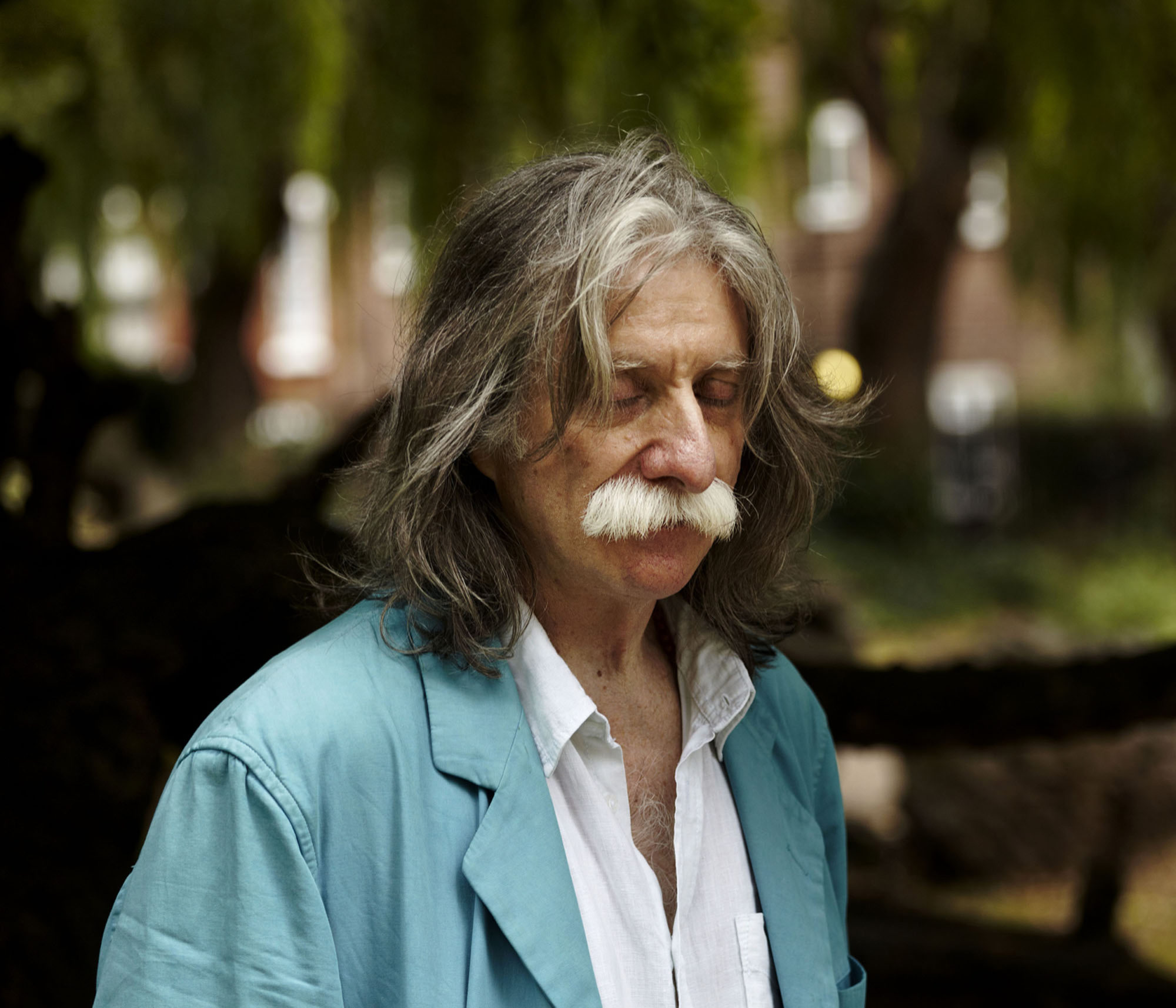
Alan is waiting for me in a busy cafe in Covent Garden. It’s one of those great cafes, busy and full of life, with the sound of coffee being ground every minute or so. I begin by talking about the shoot from 2014, and we discuss the fact that a photographer can cause a reaction or encourage a moment to happen. “In photography you can say the silliest things and do the funniest things, but in that moment with the right context, you can make the picture say something really beautiful.” Alan comments about the process of my picture taking: “You really know how to take this thing in front of the camera. It really is a fraction of a second, and you realise that. It’s like a painting a portrait. It’s one mind. But when it something clicks, it’s just that.”
Alan is 68, from Johannesburg and is a painter. I want to know how he arrived in London and what kept him here. He tells me that in 1968 he began his Art education at George Boys Private Art School in South Africa, and in 71′ decided that he wanted to move to America. “Things were happening in America and London. I wanted to go to America. But Father said “go to London.”
“In America you chose your subjects and paid for them every month. I didn’t realise it at the time that I could have afforded this by working in a bar. It was only three subjects that I chose. But London was just open. I chose London. Thank god!
Open in what way?
“I did a Foundation in Hammersmith. Graphic Design, drawing, painting, everything. You weren’t plugged in to anything. Then I went to Farnham Art College. I dressed flamboyantly but everyone else was dressed like DH Lawrence. It was wrong for me. Bloody good art school though!”
“So I went to Hornsey Art School (3 year course) at Alexandra Palace which was also the location of the BBC. I arrived in the second term, so I was the newest of the new. There was a television programme. They said, next week, come in a costume, and we will put all these costumes together and with that we will make a story. I thought well, I don’t know anyone, I’ll come as a woman. So I arrived in a lamé gold dress and high heeled shoes, beautiful earrings, wig, and the other guys came with a newspaper under their arm and a clock.” (The Times 🙂 )
Alan, as people who know him would agree, has a roaring contagious laugh. As with the shoot, things are flowing.
I relate about a James Bond themed party I went to. My flatmate went for it – Miss Moneypenny, ‘old school’ secretary. I, as Salamanger, who had a third nipple. It was quite boring because of course, everyone else went as Bond or their favourite Bond girl. Maybe we missed the point. But our point was to be transformed, not just to wear a tuxedo and make bad jokes. As Alan says, if you go to fancy dress then you really do it. We talk about Alan’s work for a while. Alan’s passion is drawing and printing and sometimes combining them both. After finishing at Hornsey Alan went to Vancouver and produced his own work in a print studio. His process at this time was Lithography which is a slow process of building up layers using plates or traditionally using a lithos stone. You would draw your image, then prepare it with gum arabic, then clean the area. Next you would roll on your colour and the ink would stick to the area that you’ve already drawn. Alan sees it as an interesting way of making a drawing. He would start with a one colour and then start a process of destroying and restoring his own artwork, each layer being added and then scratched away to reveal the recent history below, or simply paint on top and covering the whole process.
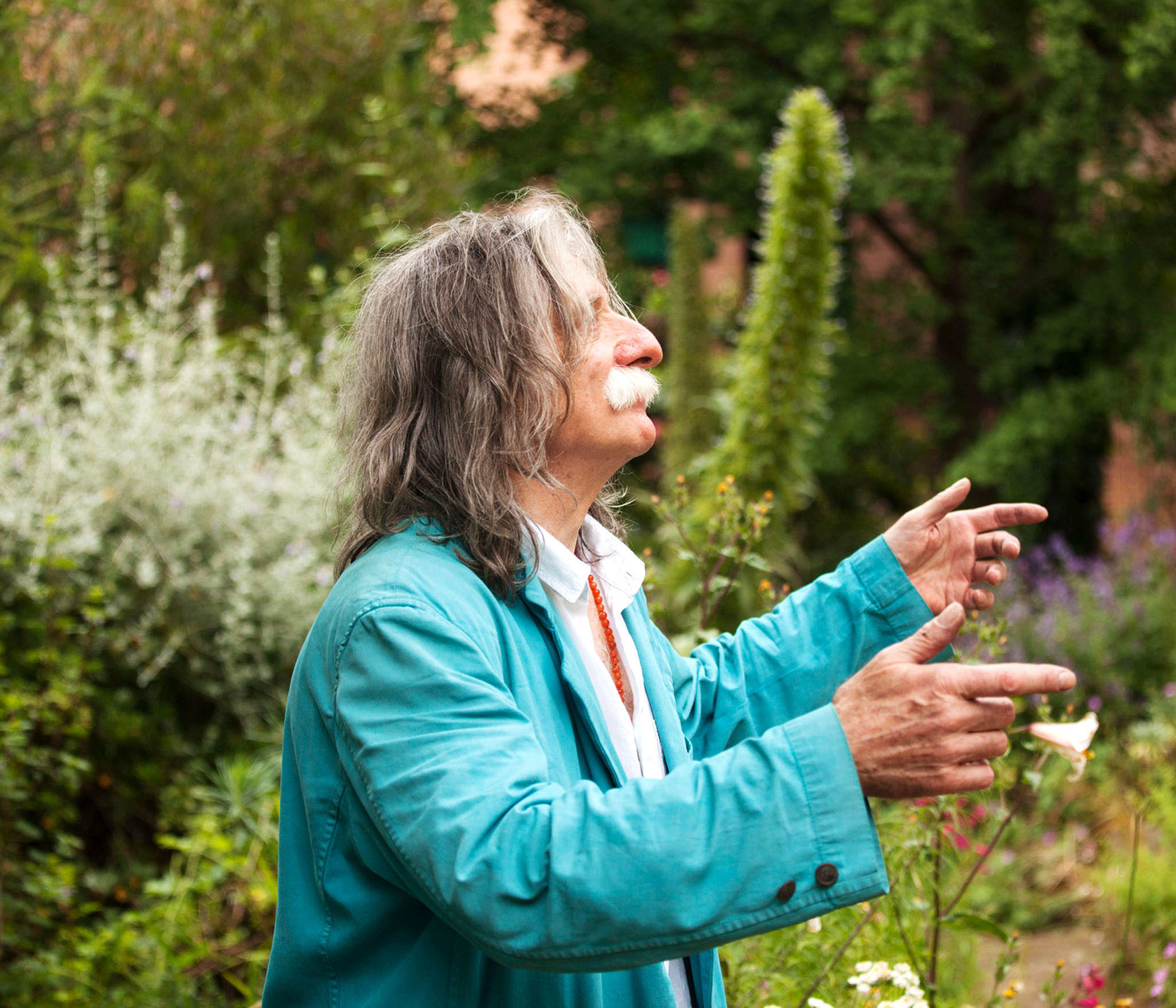
I ask him to explain how and why this process works. Why this creation, then destruction?
“Well it’s looking for an inner language, building a vocabulary. Starting a new language. My language. I suppose that’s what we’re all looking for. Yah….”
As Alan is describing this process I remembered a guy I photographed who took great pleasure putting his jacket on and off during the shoot. I say to Alan that I believe that one must trust in the process, staying in the moment because that’s where you can discover new things, however little they may seem.
In the 90’s Alan attended a figure drawing class at Morley College, Waterloo, where he was taught by Maggie Hambling, a great expressive painter. Alan remembers she was a teacher with brilliant humour.
Last July Alan was diagnosed with prostate cancer and had a stomach injection as part of the treatment which left him exhausted. At this time he began Qigong, a form of Tai Chi.
“It was one of the first lessons. I thought that I actually couldn’t make it; I was just exhausted. But then I thought no, I’m going and I got on my bike. After Qigong my energy really was back, and I decided not to undertake radiation therapy. Which annoyed the doctor who very kindly said that a man in my condition would have seven years to live”
“You don’t want to hear that from your doctor”. I said. “Hang up your boots”
“Heavens”
I asked him how he found the courage.
He goes on to tell me that a friend who had cancer gave him a book called Anticancer. The book, written by David Servan-Schreiber, details the action you can take against cancer. David is a dedicated scientist and doctor who was diagnosed with brain cancer and sought to find his own answers and share what he found. He goes into everything you can imagine in the book. As Alan tells me, one of the central things to change is one’s diet. He has spoken to many doctors himself who have said: eat anything and everything! David lists many foods that are anti-inflammatory and foods that aren’t. Also the book discusses and suggests that if you are lonely, then strive to be around people.
“Robert! It’s such an easy change of diet” Alan exclaims. “And give up sugar.”
I’m really happy to hear Alan taking action against his own cancer and inspiring others. This book has become his bible. He tells me that last year he was tested for the number of cancer cells in the blood (The PSA test). Cancer cells are present in everyone’s blood and a normal count would be five. At the time of diagnosis Alan’s was 124. Then after reading and taking action from the directions of the Anticancer book and practicing Qigong he had another blood test. The count was thirteen. Three month later twelve. And recently ten. I’m sitting here writing this now feeling inspired all over again.
“It’s taken me down a whole different road”
